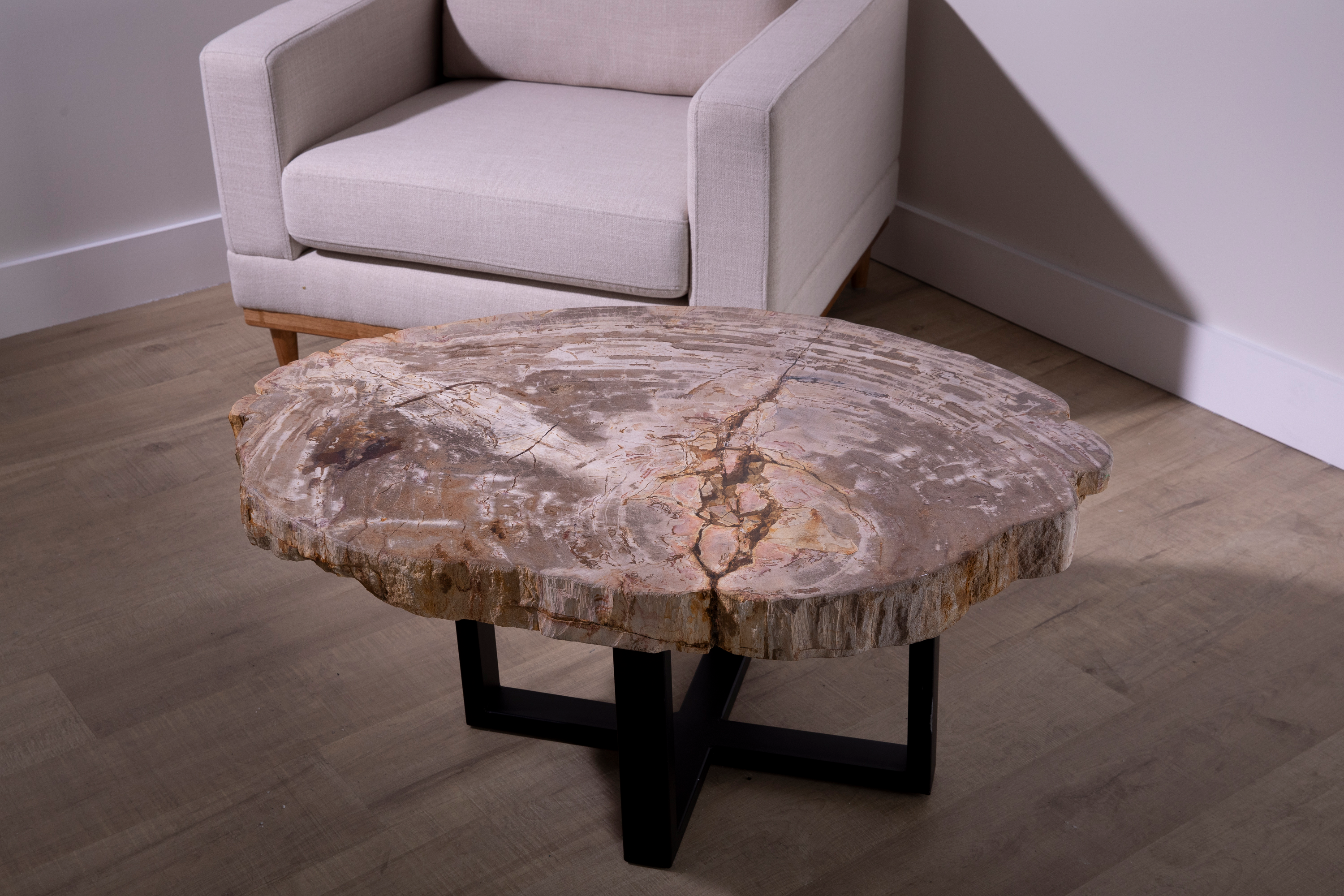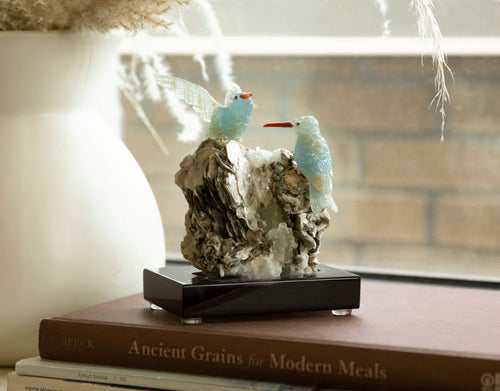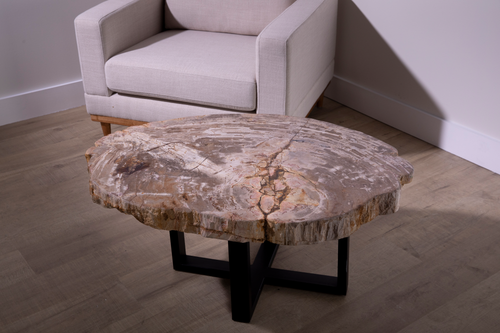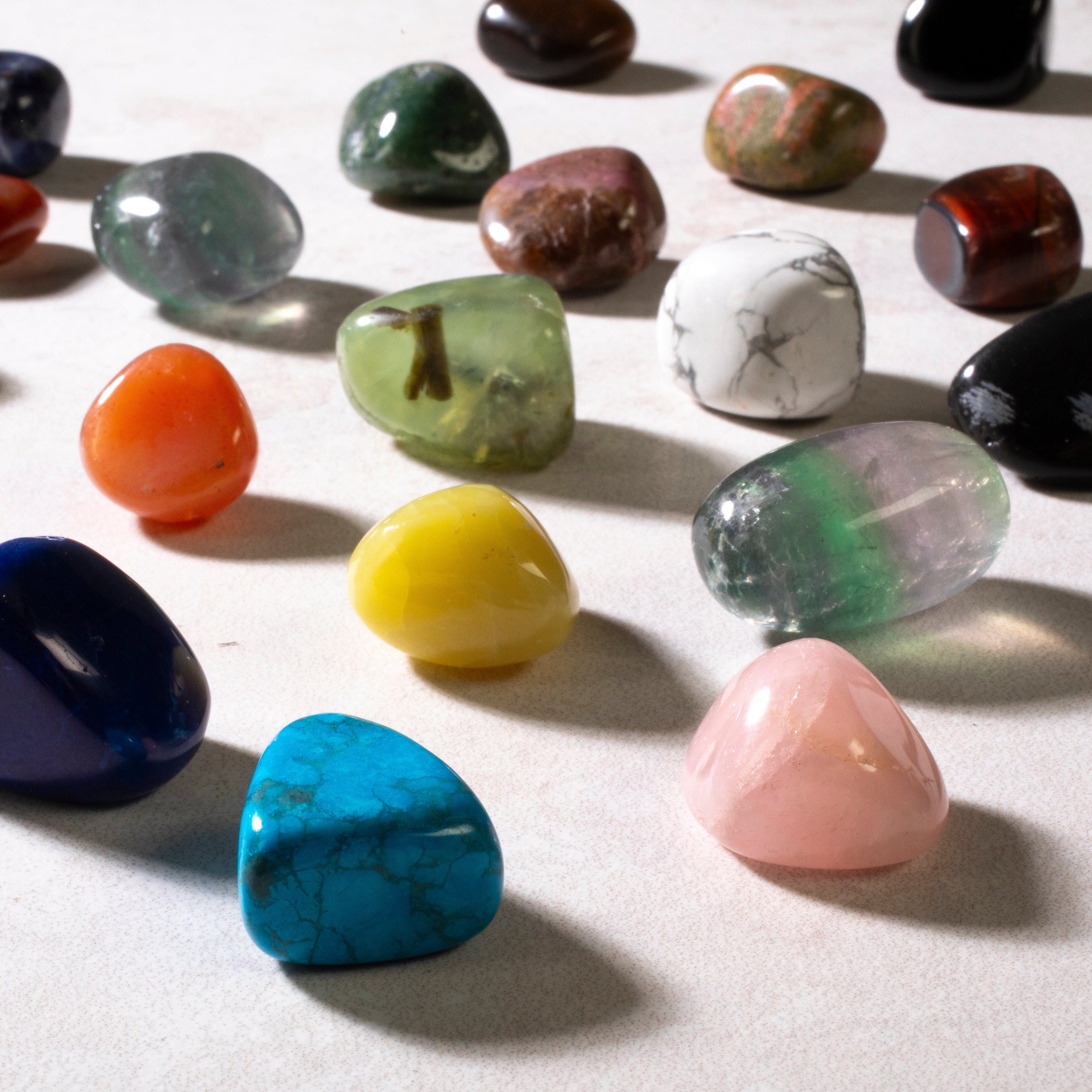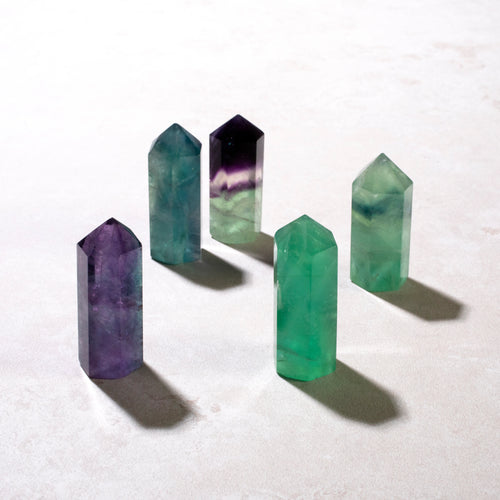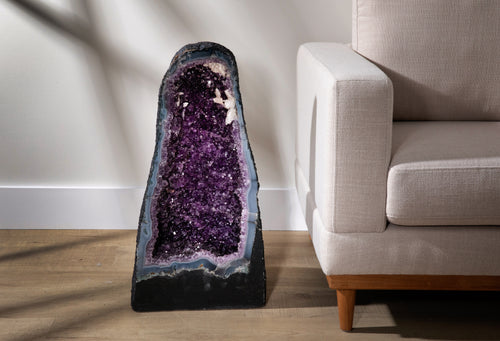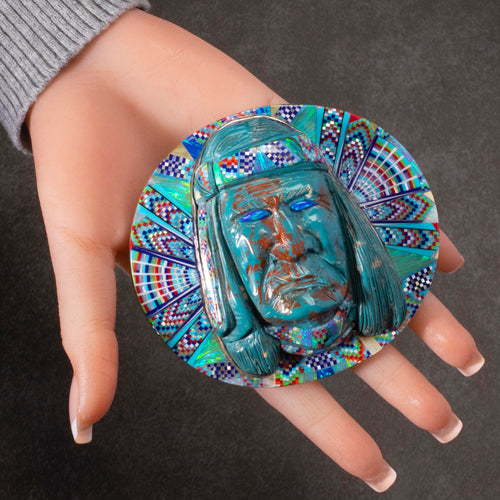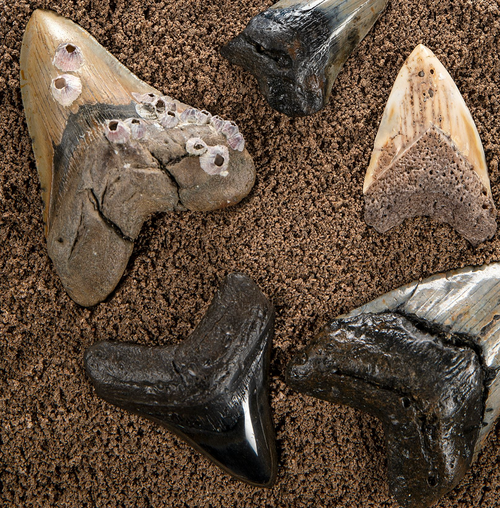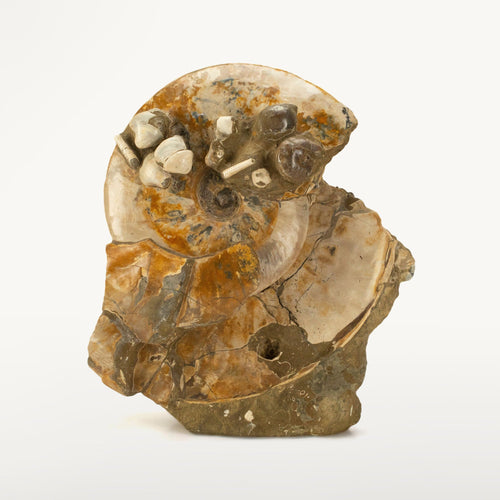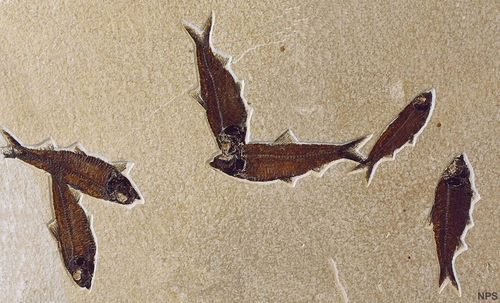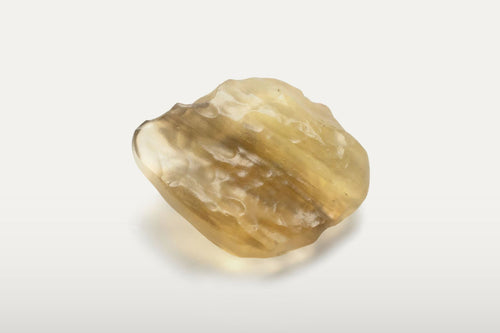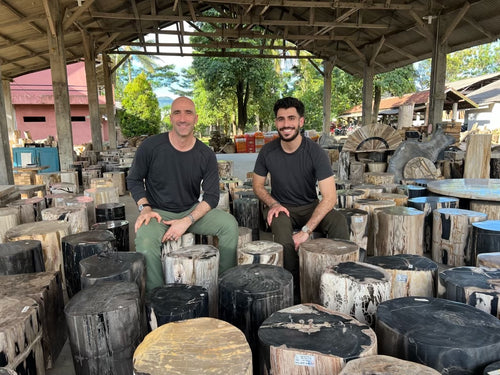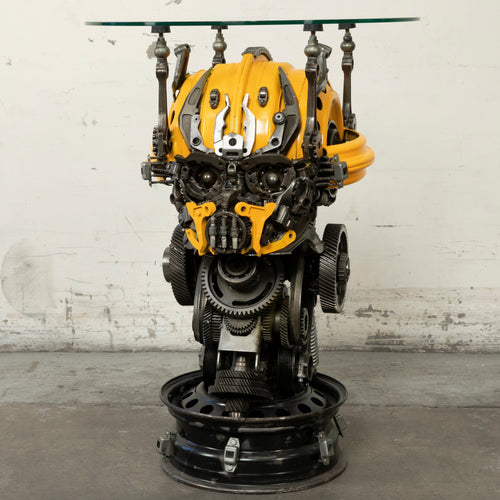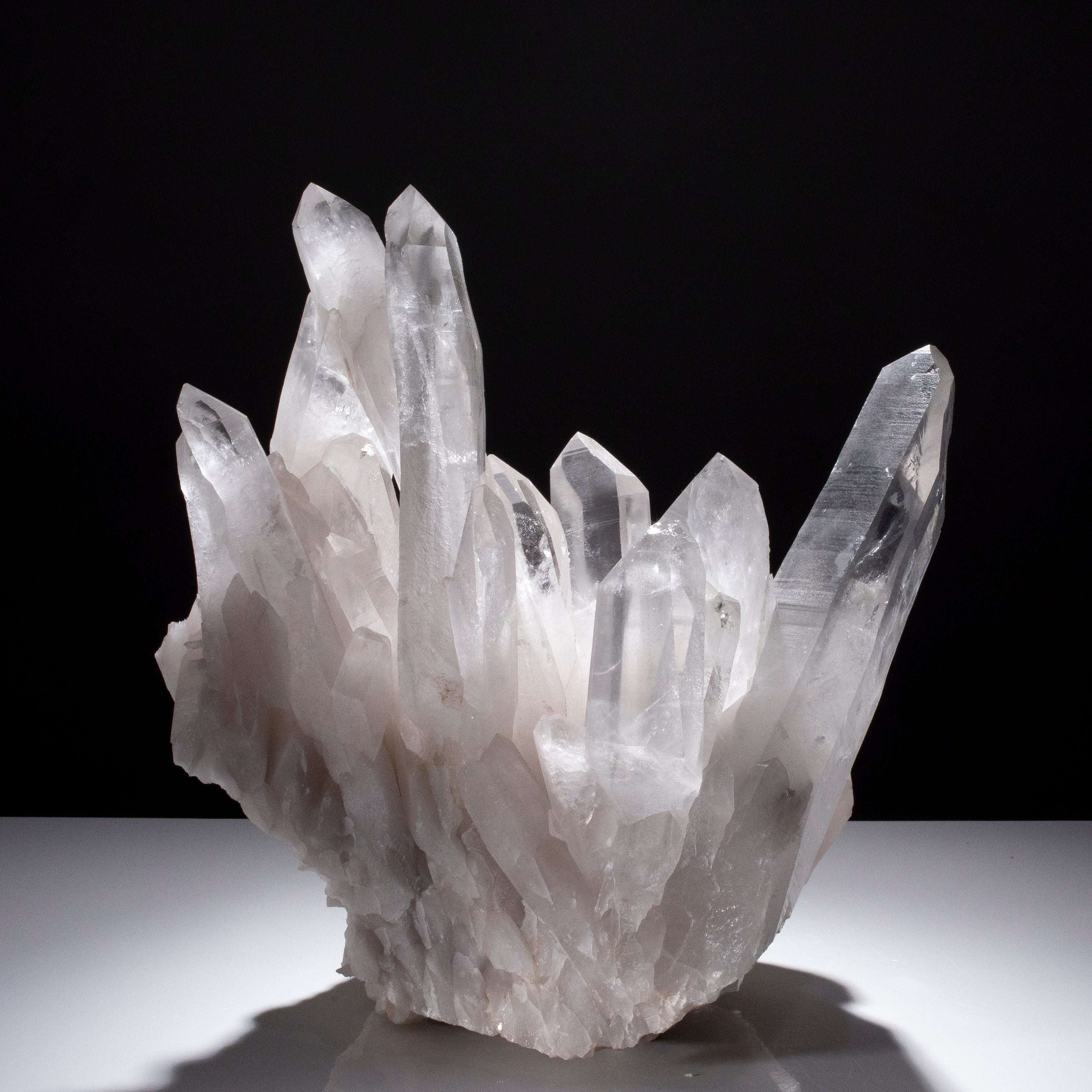Artículo: All About Sikhote Alin Meteorites

All About Sikhote Alin Meteorites
Ordinary to Extraordinary
February 12, 1947, has gone down in history and is remembered by history buffs, rock hounds, space enthusiasts and the gemstone girlies as one of the most famous meteorite falls of all time.
By no means was the Sikhote meteorite the biggest fall to have ever hit earth, but still to this day, a meteorite fall at a magnitude this large has never been witnessed and recorded by humans.
The fall started in the early hours of the morning, around 10 Am in the Sikhote-Alin Mountains in Siberia. Thanks to its impeccable timing, many had the chance to catch this meteor fall! Records show that the smokey trace left by the fall was visible for 100 kilometers. It was estimated to be around 23 tons and it was at around top speeds of 14 km/s, the meteor began to break apart. Resulting in around 97% of the meteor to incinerate in the atmosphere. The speed of the fall caused it to plunge itself 20 feet deep into the earth, but that wasn’t the only reason why it became scarce to find. It is estimated that about 70% of the meteorite that found its way to earth, broke off and fell into the ocean, completely missing land.
Recovery Efforts
The meteorite was found by pilots but it took a full 3 days after the fall before an official search was started. The USSR appointed Vasily Fensenknov, a Russian astrophysicist, to lead the expedition. Although a big chuck had fallen into the ocean, what made it to land was so massive, a cabin needed to be built near the site of the fall in efforts to locate more pieces.
It was said that the pressure at impact was an intense 10000s atmospheres, resulting in many fragments and destroyed trees, leading researchers on a wild goose chase for these pieces in the Siberian mountains. Scientists even implemented the use of magnets to collect the smallest of fragments, it was recorded that the site was full of magnetic dust as a result of the iron based meteorite. But towards the north of the fall, they found craters untouched and that remained whole, nicknamed ‘Individuals’. This fall was so large that it even sparked a second expedition, but that is not to say that the first was unsuccessful.
Thanks to the first expedition, we learned a lot about space. Though the first study did conduct a lot of research on the pieces found and the size of the fall site, there had also been a lot of eyewitness interviews conducted. Thanks to these reports, it allowed the team to track the meteorites journey in the atmosphere, which then made it possible for them to calculate its orbit in space. After gathering all of this information, Fensenknov was able to confirm that this meteorite must have traveled to Earth from Mars and Jupiter’s orbit. Fensenkov was quoted saying in a press release that, “This fall shows a relationship of meteorites with asteroids, and allows [for] judging a role of meteorites in [the] solar system.”
Unique Looks
The impact of this fall was so intense that it formed over 100 small creators, each with its very own unique look, telling the story of its travel. Here are just 3 variations of meteorites you may find, but by no means, all.
Regmaglypts
This may be one of the most well-known formations. It is famous for its thumbprint-like features which exhibit a thin flow of lines, which are created by streaks of molten infused crusts. These abrasions are caused by components of the meteorite melting as it broke through the Earth’s atmosphere.
Oriented
These meteorites have been given the nickname ‘Shield-Shaped’ meteorites, and they tell a very interesting story. These fragments are ones that face the impact head on and did not change course during their descent into Earth. This look is caused by the melting and ablation the piece took directly during its fall.
Smooth
These ‘Bullet’ meteorites are much more rare to find. Due to the intense pressure of the fall, most meteorites are found abnormally shaped with lines, curved edges and sometimes holes. These smooth pieces had been tumbled during their travel, causing them to look so round.
Kalifano Sikhote-Alin Meteorites
Here at Kalifano, we are proud to provide our customers with the highest quality fossils from all over the world. We are proud of our collection of Sikhote-Alin Meteorites specimen, and we encourage you to view our collection!
Meteorites are said to hold knowledge of the universe and can gift the wearer emotional peace and spiritual growth. They can be amazing life companions!



